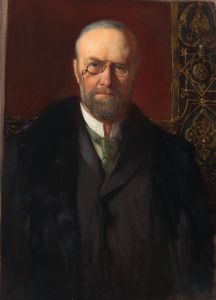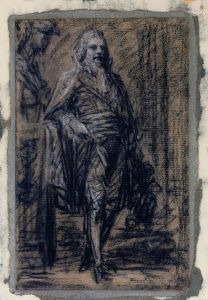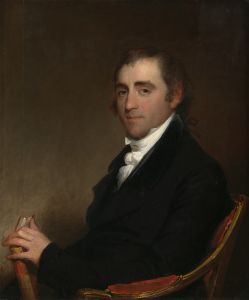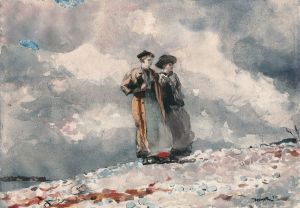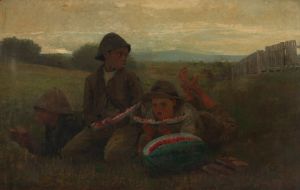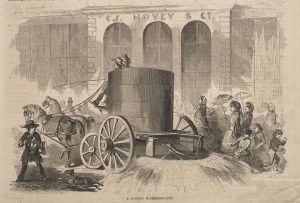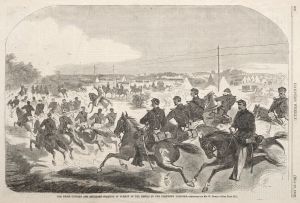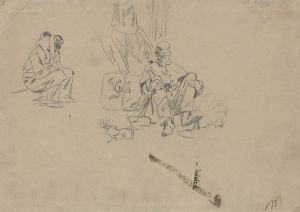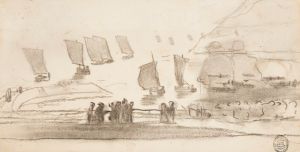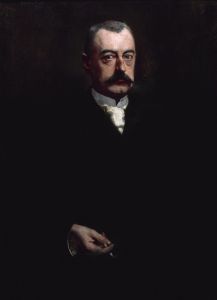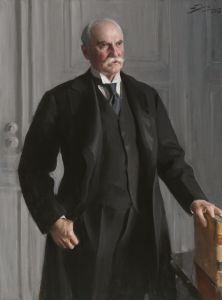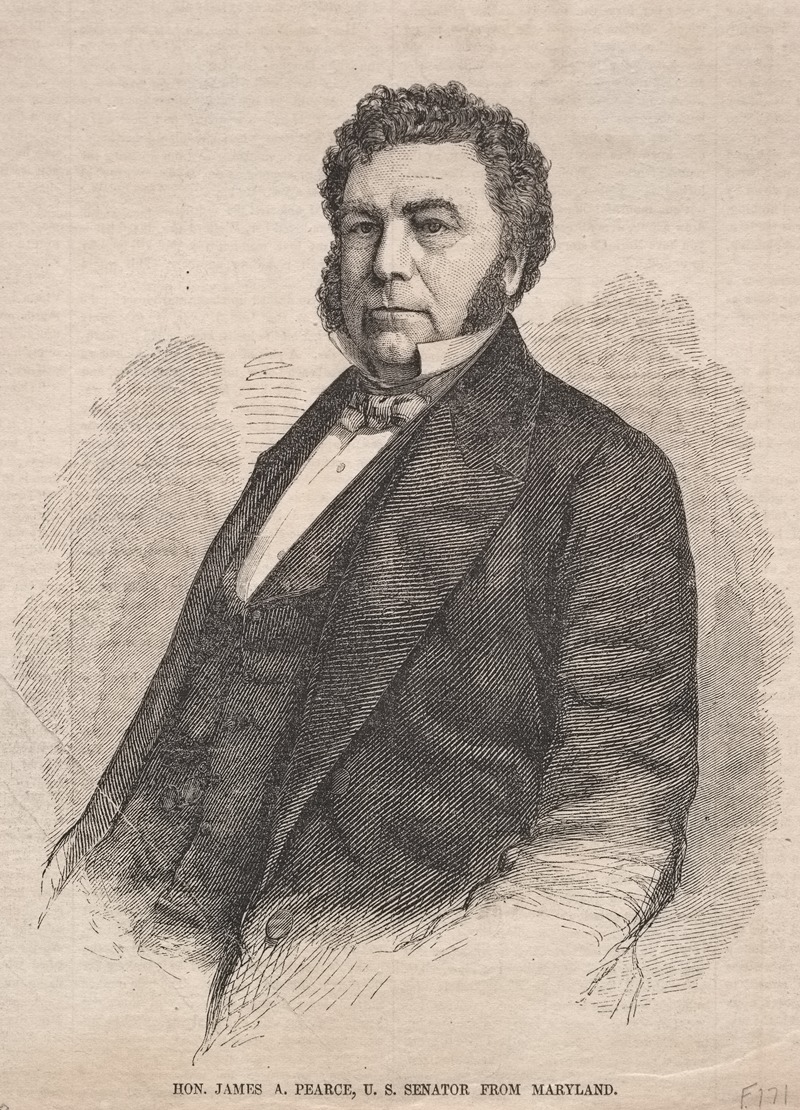
Hon. James A. Pearce, U. S. Senator from Maryland
A hand-painted replica of Winslow Homer’s masterpiece Hon. James A. Pearce, U. S. Senator from Maryland, meticulously crafted by professional artists to capture the true essence of the original. Each piece is created with museum-quality canvas and rare mineral pigments, carefully painted by experienced artists with delicate brushstrokes and rich, layered colors to perfectly recreate the texture of the original artwork. Unlike machine-printed reproductions, this hand-painted version brings the painting to life, infused with the artist’s emotions and skill in every stroke. Whether for personal collection or home decoration, it instantly elevates the artistic atmosphere of any space.
Winslow Homer, one of the most prominent American artists of the 19th century, created the painting Hon. James A. Pearce, U.S. Senator from Maryland in 1859. This work is a portrait of James Alfred Pearce, a U.S. Senator from Maryland who served in Congress from 1843 until his death in 1862. Pearce was a prominent political figure during his time, known for his moderate stance on issues such as slavery and his work on infrastructure and education.
The painting was commissioned as part of a series of portraits of U.S. senators, reflecting the mid-19th-century tradition of honoring public officials through painted likenesses. Winslow Homer, who would later become renowned for his depictions of American life and landscapes, was at the early stages of his career when he completed this work. At the time, Homer was primarily working as an illustrator and had not yet transitioned to the more dynamic and innovative style that would define his later works.
The portrait is executed in oil on canvas and depicts Senator Pearce in formal attire, seated and gazing directly at the viewer. The composition is straightforward, focusing on the subject's dignified demeanor and professional stature. The background is simple and unobtrusive, ensuring that the attention remains on Pearce himself. This style aligns with the conventions of political portraiture of the era, which emphasized respectability and authority.
While this painting is not among Homer's most famous works, it provides insight into his early artistic development and the cultural practices of the time. It also serves as a historical artifact, offering a visual representation of a significant figure in Maryland's political history. James A. Pearce was known for his contributions to the Smithsonian Institution and his advocacy for the establishment of the U.S. Naval Academy in Annapolis, Maryland.
The current location of the painting is not widely documented, and it is not frequently exhibited or discussed in major retrospectives of Winslow Homer's work. However, it remains a notable example of his early portraiture and a testament to his versatility as an artist.






